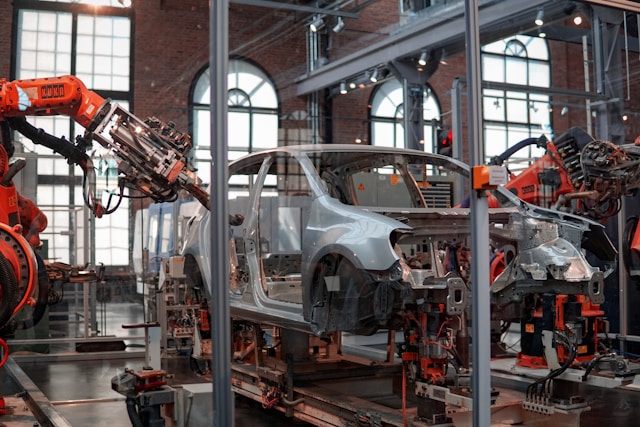A report surfaces alleging a major automaker might shift significant production out of Canada due to trade pressures. Government officials rush to deny it, citing the company itself. But in the murky world of international business and tariff wars, separating fact from damage control is rarely straightforward, especially when billions in investment and thousands of jobs hang in the balance at Honda’s Alliston plant.
The kerfuffle began when Japan’s Nikkei financial newspaper published a report on Tuesday. What did it claim? That Honda is contemplating moving a chunk of its Canadian production – specifically CR-V and Civic models made in Alliston, Ontario – to facilities in the United States. The purported goal, according to Nikkei, is to have 90 percent of vehicles sold in the U.S. market actually built there, a significant jump from the current 70 percent, seemingly a direct response to recent U.S. tariffs.
Who immediately pushed back? Top Canadian officials. Federal Industry Minister Anita Anand took to social media, stating she was in “close contact” with Honda and asserting that “no such production decisions affecting Canadian operations have been made, and are not being considered at this time.” She planned further talks with Honda Canada’s CEO for clarity. Ontario Premier Doug Ford echoed this, reporting that the head of Honda Canada personally assured him the Nikkei story was inaccurate. Ford’s office elaborated, relaying Honda’s message that while U.S. production increases are desired, they won’t come at the expense of Canadian output. It’s a classic case of he said, Nikkei said, with Honda Canada itself notably silent in direct public comment based on initial reports.
Where is the heart of this issue? The Honda manufacturing facility in Alliston, Ontario. This plant is a major employer, with approximately 4,200 workers, and it churned out around 375,000 vehicles in 2023. Premier Ford’s office stressed Honda’s assurances that the facility remains at full capacity with no job impacts foreseen. This reassurance comes at a critical time, following Honda’s massive $15-billion commitment announced last year to establish an electric vehicle supply chain in Ontario, heavily supported by up to $5 billion in public funds. This includes building a new EV battery plant right next to the existing Alliston operations.
Why now? The backdrop is the ongoing trade friction. The U.S. slapped a 25 percent tariff on imported vehicles, including those from Canada, effective April 3rd, despite the existing free trade agreement. This move significantly impacts the highly integrated North American auto sector. Prime Minister Mark Carney (Editor’s Note: Source likely meant Justin Trudeau) framed the tariffs as an attempt to disrupt this integration. Canada responded with counter-tariffs, which have already caused ripples, such as Mazda halting shipments of its Alabama-built CX-50 to Canada.
The situation leaves observers parsing conflicting narratives. On one hand, a reputable financial publication reports a potential strategic shift driven by tariff pressures. On the other, federal and provincial officials, citing conversations with Honda Canada, vehemently deny any such plans are even being considered. While the denials offer immediate relief, particularly for the Alliston workforce and the community, the underlying trade tensions and the economic logic behind potentially increasing U.S. production remain potent factors. Until Honda issues a definitive, public clarification addressing the specifics of the Nikkei report, a degree of uncertainty is likely to persist around the long-term strategy for its crucial Canadian operations.
References:
Honda not considering production shift away from Canada: minister, premier

